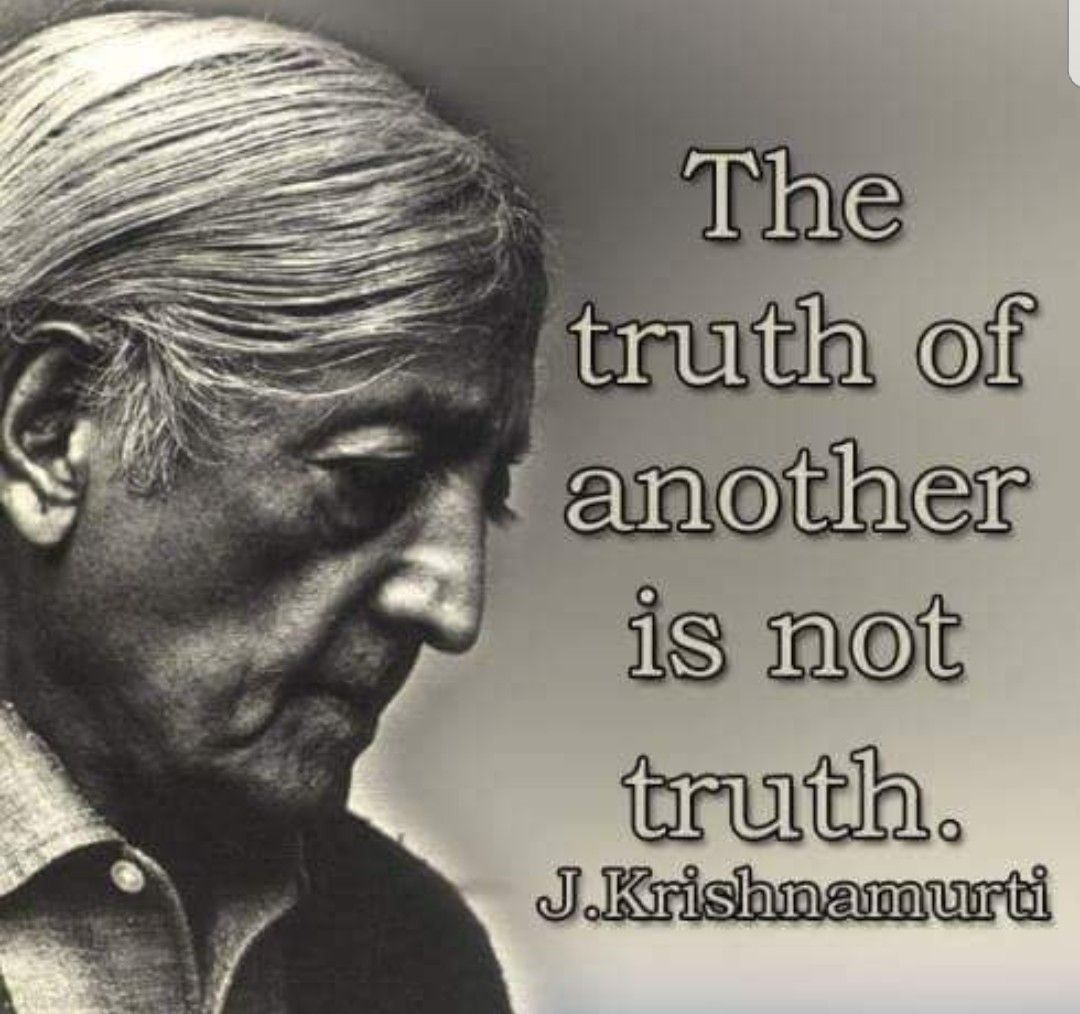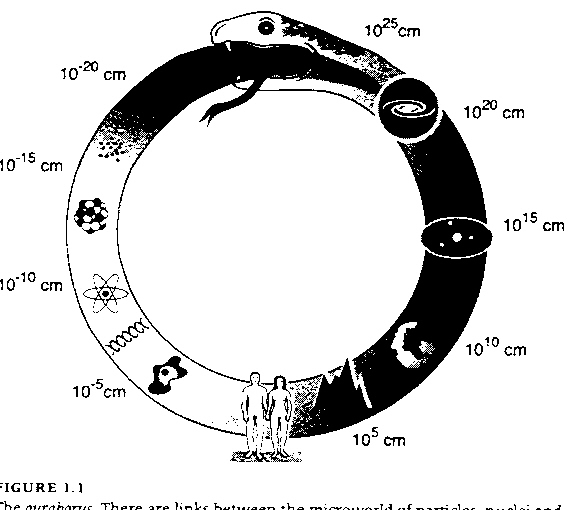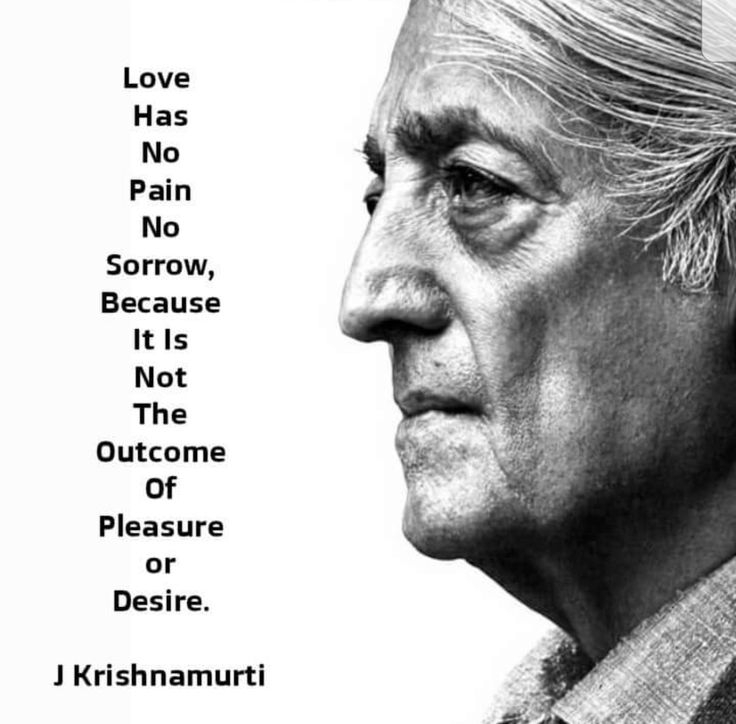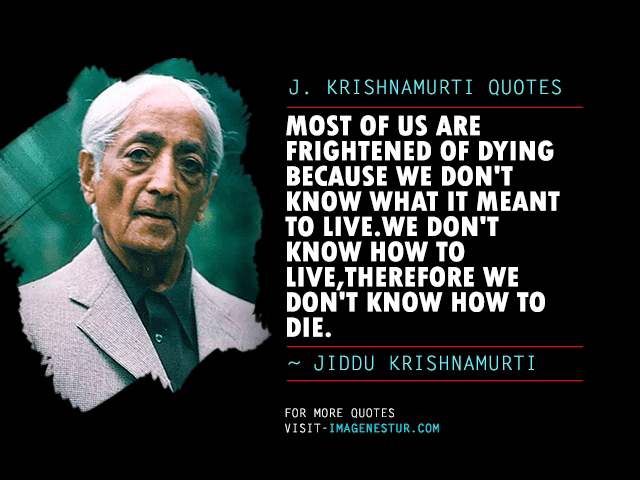Ouroboros, Jung, Kekules Dream, Cosmos, Cybernetics,Theosophical Society, The World Teacher and Jiddu Krishnamurti = THE TAO
Ouroboros, Jung, Kekules Dream, Cosmos, Cybernetics,Theosophical Society,
The World Teacher and Jiddu Krishnamurti
Ouroboros
The ouroboros or uroboros (/ˌjʊərəˈbɒrəs/[2]) is an ancient symbol depicting a serpent or dragon[3] eating its own tail. The ouroboros entered Western tradition via ancient Egyptian iconography and the Greek magical tradition. It was adopted as a symbol in Gnosticism and Hermeticism and most notably in alchemy. The term derives from Ancient Greek οὐροβόρος,[4] from οὐρά oura 'tail' plus -βορός -boros '-eating'.[5][6] The ouroboros is often interpreted as a symbol for eternal cyclic renewal or a cycle of life, death, and rebirth. The skin-sloughing process of snakes symbolizes the transmigration of souls, the snake biting its own tail is a fertility symbol in some religions, and the tail of the snake is a phallic symbol, the mouth is a yonic or womb-like symbol.[7]
Jungian psychology
Swiss psychiatrist Carl Jung saw the ouroboros as an archetype and the basic mandala of alchemy. Jung also defined the relationship of the ouroboros to alchemy:[22][23]
The alchemists, who in their own way knew more about the nature of the individuation process than we moderns do, expressed this paradox through the symbol of the Ouroboros, the snake that eats its own tail. The Ouroboros has been said to have a meaning of infinity or wholeness. In the age-old image of the Ouroboros lies the thought of devouring oneself and turning oneself into a circulatory process, for it was clear to the more astute alchemists that the prima materia of the art was man himself. The Ouroboros is a dramatic symbol for the integration and assimilation of the opposite, i.e. of the shadow. This 'feedback' process is at the same time a symbol of immortality since it is said of the Ouroboros that he slays himself and brings himself to life, fertilizes himself, and gives birth to himself. He symbolizes the One, who proceeds from the clash of opposites, and he, therefore, constitutes the secret of the prima materia which ... unquestionably stems from man's unconscious.
The Jungian psychologist Erich Neumann writes of it as a representation of the pre-ego "dawn state", depicting the undifferentiated infancy experience of both mankind and the individual child.[24
Kekulé's dream
The ouroboros, Kekulé's inspiration for the structure of benzene
Kekulé's proposal for the structure of benzene (1872)
The German organic chemist August Kekulé described the eureka moment when he realized the structure of benzene, after he saw a vision of Ouroboros:[25]
I was sitting, writing at my text-book; but the work did not progress; my thoughts were elsewhere. I turned my chair to the fire and dozed. Again the atoms were gamboling before my eyes. This time the smaller groups kept modestly in the background. My mental eye, rendered more acute by the repeated visions of the kind, could now distinguish larger structures of manifold conformation: long rows, sometimes more closely fitted together; all twining and twisting in snake-like motion. But look! What was that? One of the snakes had seized hold of its own tail, and the form whirled mockingly before my eyes. As if by a flash of lightning I awoke; and this time also I spent the rest of the night in working out the consequences of the hypothesis.
Cosmos
Martin Rees used the ouroboros to illustrate the various scales of the universe, ranging from 10−20 cm (subatomic) at the tail, up to 1025 cm (supragalactic) at the head.[26] Rees stressed "the intimate links between the microworld and the cosmos, symbolised by the ouraborus",[27] as tail and head meet to complete the circle.
Cybernetics
Cybernetics deployed circular logics of causal action in the core concept of Feedback in the directive and purposeful behaviour in human and living organisms, groups, and self-regulating machines. The general principle of feedback describes a circuit (electronic, social, biological, or otherwise) in which the output or result is a signal that influences the input or causal agent through its response to the new situation. W. Ross Ashby applied ideas from biology to his own work as a psychiatrist in "Design for a Brain" (1952): that living things maintain essential variables of the body within critical limits with the brain as a regulator of the necessary feedback loops. Parmar contextualises his practices as an artist in applying the cybernetic Ouroboros principle to musical improvisation.[28]
Hence the snake eating its tail is an accepted image or metaphor in the autopoietic calculus for self-reference,[29] or self-indication, the logical processual notation for analysing and explaining self-producing autonomous systems and "the riddle of the living", developed by Francisco Varela. Reichel describes this as:
...an abstract concept of a system whose structure is maintained through the self-production of and through that structure. In the words of Kauffman, is ‘the ancient mythological symbol of the worm ouroboros embedded in a mathematical, non-numerical calculus.[30][31]
The calculus derives from the confluence of the cybernetic logic of feedback, the sub-disciplines of Autopoiesis developed by Varela and Humberto Maturana, and calculus of indications of George Spencer Brown. In another related biological application:
It is remarkable, that Rosen's insight, that metabolism is just a mapping..., which may be too cursory for a biologist, turns out to show us the way to construct recursively, by a limiting process, solutions of the self-referential Ouroborus equation f(f) = f, for an unknown function f, a way that mathematicians had not imagined before Rosen.[32][33]
Second-order cybernetics, or the cybernetics of cybernetics, applies the principle of self-referentiality, or the participation of the observer in the observed, to explore observer involvement in all behaviour and the praxis of science[34] including D.J. Stewart's domain of "observer valued imparities".[35]
The Theosophical Society,
founded in 1875, is a worldwide body with the aim to advance the ideas of Theosophy in continuation of previous Theosophists, especially the Greek and Alexandrian Neo-Platonic philosophers dating back to 3rd century CE. It also encompasses wider religious philosophies like Vedānta, Mahāyāna Buddhism, Qabbalah, and Sufism. The Theosophical Society functions as a bridge between East and West, emphasizing the commonality of human culture.[1]
The term "theosophy" comes from the Greek theosophia, which is composed of two words: theos ("god," "gods," or "divine") and sophia ("wisdom"). Theosophia, therefore, may be translated as "wisdom of the gods", "wisdom in things divine", or "divine wisdom".
In addition to the stated objectives, as early as 1889 Blavatsky publicly declared that the purpose of establishing the Society was to prepare humanity for the reception of a World Teacher: according to the Theosophical doctrine described above, a manifested aspect of an advanced spiritual entity (the Maitreya) that periodically appears on Earth in order to direct the evolution of humankind. The mission of these reputedly regularly appearing emissaries is to practically translate, in a way and language understood by contemporary humanity, the knowledge required to propel it to a higher evolutionary stage.
If the present attempt, in the form of our Society, succeeds better than its predecessors have done, then it will be in existence as an organized, living and healthy body when the time comes for the effort of the 20th century. The general condition of men's minds and hearts will have been improved and purified by the spread of its teachings, and, as I have said, their prejudices and dogmatic illusions will have been, to some extent at least, removed. Not only so, but besides a large and accessible literature ready to men's hands, the next impulse will find a numerous and united body of people ready to welcome the new torch-bearer of Truth. He will find the minds of men prepared for his message, a language ready for him in which to clothe the new truths he brings, an organization awaiting his arrival, which will remove the merely mechanical, material obstacles and difficulties from his path. Think how much one, to whom such an opportunity is given, could accomplish. Measure it by comparison with what the Theosophical Society actually has achieved in the last fourteen years, without any of these advantages and surrounded by hosts of hindrances which would not hamper the new leader.[17]
This was repeated by then prominent Theosophist Annie Besant in 1896, five years after Blavatsky's death.[18] Besant, who became President of the Society in 1907, thought the appearance of the World Teacher would happen sooner than the time-frame in Blavatsky's writings, who had indicated that it would not take place until the last quarter of the 20th century.[19]
Jiddu Krishnamurti
One of the people who expected the imminent reappearance of the Maitreya as World Teacher was Charles Webster Leadbeater, then an influential Theosophist and occultist. In 1909 he "discovered" Jiddu Krishnamurti, an adolescent Indian boy, who he proclaimed as the most suitable candidate for the "vehicle" of the World Teacher.[20][21] Krishnamurti's family had relocated next to the Theosophical Society headquarters in Adyar, India, a few months earlier.[22] Following his "discovery", Krishnamurti was taken under the wing of the Society, and was extensively groomed in preparation for his expected mission.
However, by 1925 Krishnamurti had begun to move away from the course expected of him by the leaders of the Theosophical Society Adyar and by many Theosophists. In 1929 he publicly dissolved the Order of the Star, a worldwide organization created by the leadership of the Theosophical Society to prepare the world for the Coming of the Maitreya, and abandoned his assumed role as the "vehicle" for the World Teacher.[23] He eventually left the Theosophical Society altogether, yet remained on friendly terms with individual members of the Society.[24] He spent the rest of his life traveling the world as an independent speaker, becoming widely known as an original thinker on spiritual, philosophical, and psychological subjects.
Related individuals and organizationsEdit
Commemorative plaque of Theosophical Society, Adyar, India
Well-known intellectuals associated with the Theosophical Society include Thomas Edison[25] and William Butler Yeats.[26]
Conclusion... THE ☯️ ☯️ ☯️ TAO















































Comments
Post a Comment